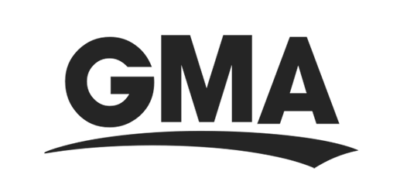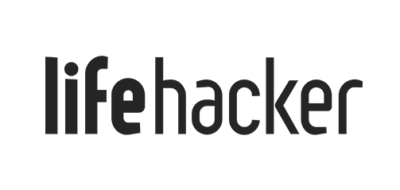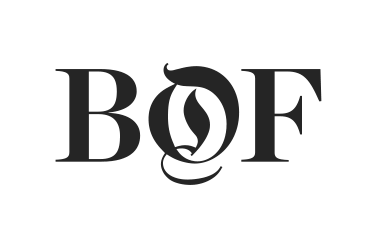Skin Care: The Vampire Way

You have probably heard of many kinds of skin care. There are skin creams, there are injections, there are more complicated procedures that involve scary tools. But nothing sounds more complicated or scary than PRP facial. The actual procedure itself is pretty weird regardless of its name. And it involves blood, which is why it is sometimes referred to as the “Vampire Facial.” Yup. Hence the title.
The Origin
Firstly, what does PRP stand for? Platelet-rich plasma. OK? Then what’s platelet-rich plasma? Well, first of all, platelets are small components in your blood that are responsible for covering up wounds. Anytime you get a cut, the platelets in your blood begin to group up at the injured vessel, creating a barrier and keeping any more blood from spilling out. Basically, if platelets didn’t exist, our bodies would bleed non-stop. Thus, doctors noticed that platelets have a very powerful regenerative quality, which they started to experiment with. The PRP itself is extracted from blood itself, and when it is injected into an injury, the time is takes for the injury to heal is lowered. Nowadays, PRP is used for many different injuries; from knee arthritis, to torn ligaments, and even to some extent, on broken bones.

The Facial
The PRP facial uses pretty much the same technique, but on your face. Blood is extracted from your body, preferably through your arm. The blood then goes through a procedure where PRP concentrate is extracted from it. The PRP is then injected into your face in the places where there may be wrinkles or other marks on your skin. I know, it may sound scary. I mean, even getting vaccinated in your arm is scary enough, imagine getting an injection on your face. But do remember, doctors are not heartless monsters; they give you a special numbing cream, which they slather on your face, to prevent you from feeling anything. A microneedling device is then going to create hundreds of tiny holes in your face, which will facilitate penetration of fibroblasts and other factors contained in PRP.
Again, keep in mind, the PRP is filled with many healing factors and nutrients, which give it a powerful regenerative quality. Much like how the platelets in your blood help your skin regenerate when you have a cut, the PRP helps your skin regenerate any trenches and wrinkles, making your face smoother. It is this very factor, which makes the PRP facial treatment so effective and safe.
The Dynamic Duo
While PRP facial is effective in and of itself, when you combine it with other forms of skin care, you will see even more amplified results. In an earlier blog post, we talked about the benefits of micro-needling, and how it’s been proven to be an effective way to make skin smooth and to repair skin damage, such as acme scars and wrinkles. Because PRP utilizes microneedling for skin micro-perforation you will get double the effect from mechanical stimulation of collagen production to all the proliferative factors contained in PRP.
As you remember, microneedling makes many tiny holes in your face, which then the skin regenerates from the lower layer of your skin, and makes your skin smoother, repairing skin damage. Well, if you combine a micro-needling session with the incredible healing and regenerative quality of PRP, you will find even greater results. You know how wine and cheese go so well together, that it’s hard to believe that they weren’t created for each other, but separately? Well the same thing goes for PRP and micro-needling. The combination works so great, that it’s hard to believe that they weren’t created simultaneously.
The Aftermath
Once the procedure is finished, which on average takes around 40 minutes, the skin will be red and a bit dry. The dryness will last for several days at most, and when your face returns to its normal state, it will be much smoother, richer, resulting in vibrant and silky skin.
The results of PRP facial treatments have been clinically proven by substantial research over the past decade. But, most importantly, most of the patients have seen measurable improvement of the skin, as it becomes richer and smoother after the treatment. This is the beauty of regenerative health; you’re relying on your body to do the regeneration, and there’s no treatment more trustworthy, than your own body’s natural processes.
Cost and Frequency
Now, when all this is said and done, keep in mind, the procedure itself is quite complicated, requiring special tools and equipment. PRP sessions range from $300 to $1000, with the average sessions costing a little over $400. An average of 3 procedures are needed for best results spaced out every 3 weeks. If you want one of the most effective forms of skin care, make sure to ask around for a PRP facial treatment.

















